What is Corrugation?
Corrugation is a manufacturing process that involves creating a series of parallel ridges and grooves in a material to increase its strength, rigidity, and flexibility. This process is commonly used in the production of cardboard and metal sheets.
Process of Corrugation?
- Feeding the Material: The material (paper for cardboard, metal sheet for metal corrugation) is fed into the corrugating machine.
- Forming the Flutes: In cardboard production, the paper passes through heated rollers to form flutes (the wavy part of the cardboard). In metal corrugation, the metal sheet is passed through a series of rollers that create the ridges and grooves.
- Bonding (for Cardboard): The fluted medium is glued between layers of linerboard to form a single, double, or triple wall structure.
- Cutting and Trimming: The corrugated material is cut to the required dimensions and shapes.
- Finishing: Any additional processes such as printing, coating, or forming are applied to the corrugated material.
What is Pre Corrugation?
“Pre corrugation” refers to the processes and steps that occur before a material undergoes corrugation. These steps are crucial to prepare the material for the corrugation process, ensuring the final product has the desired properties and quality.
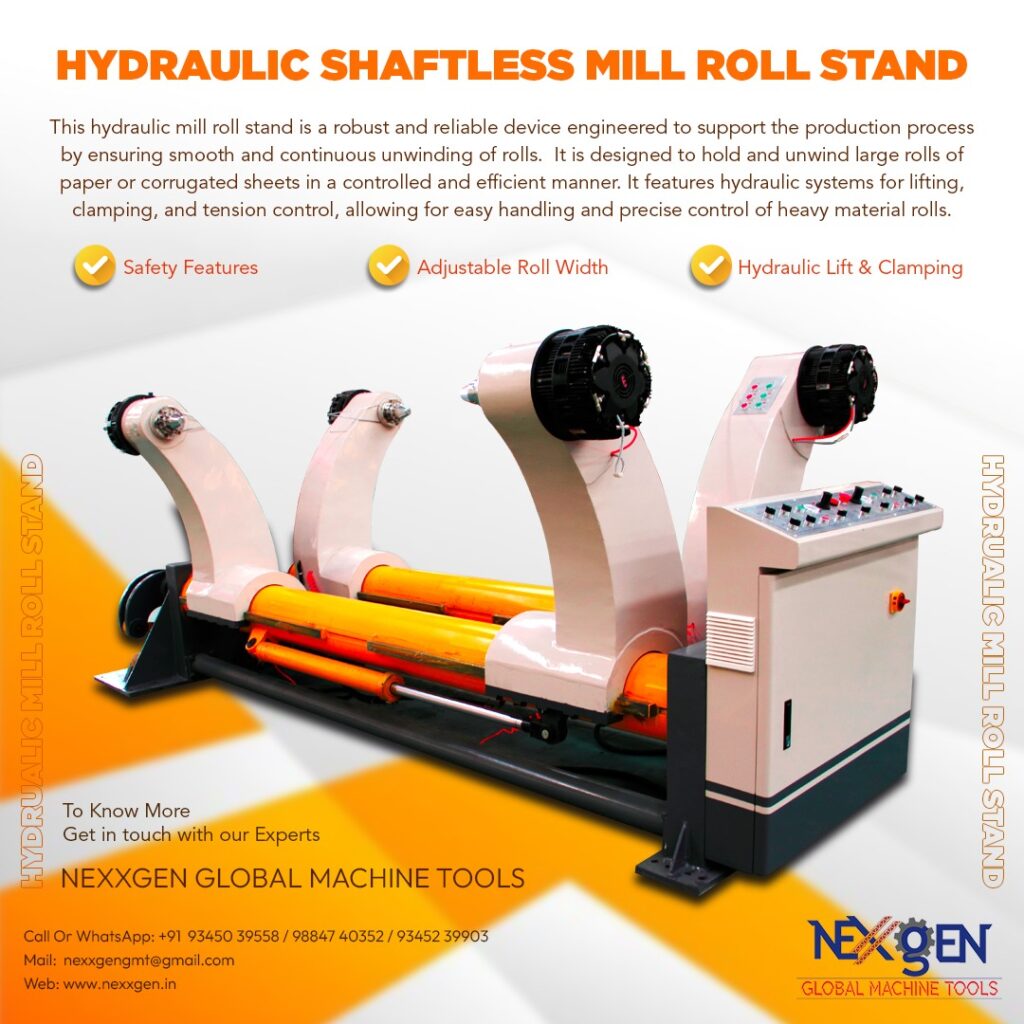


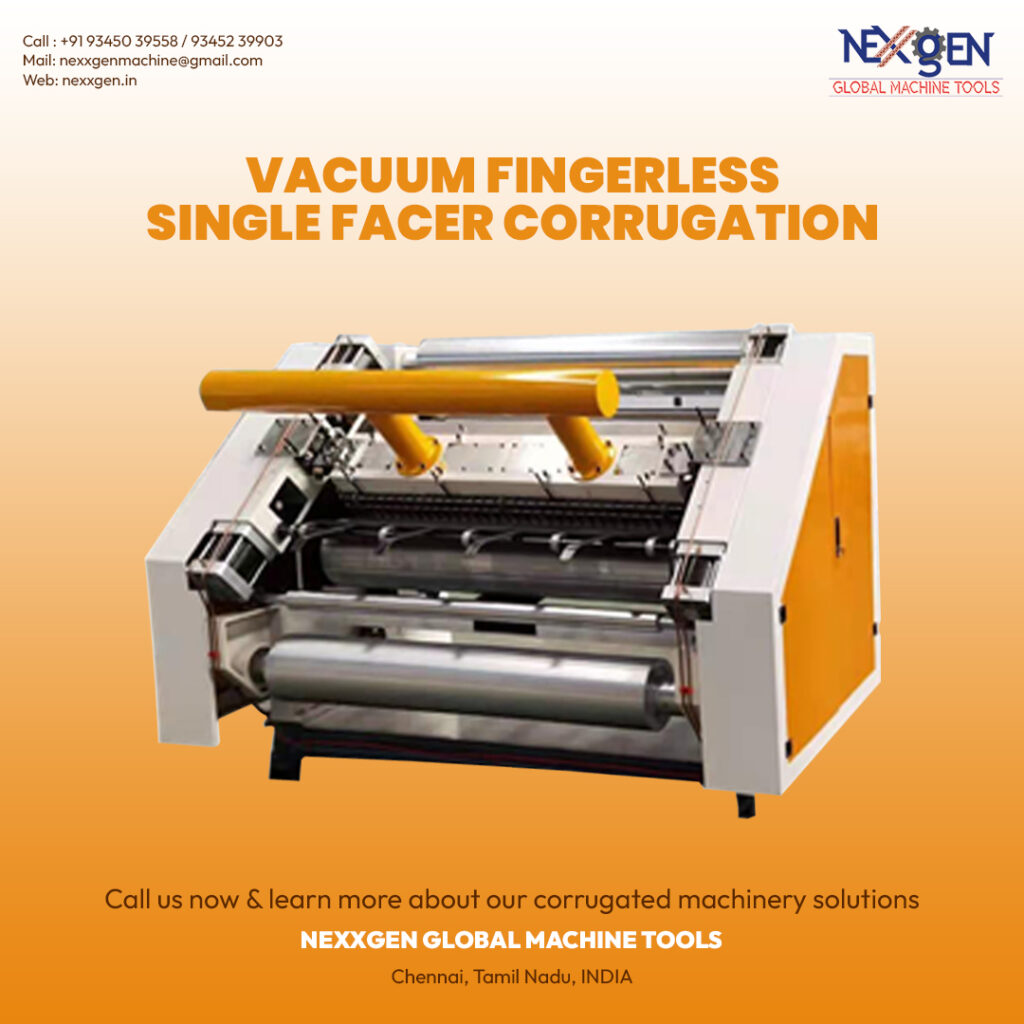
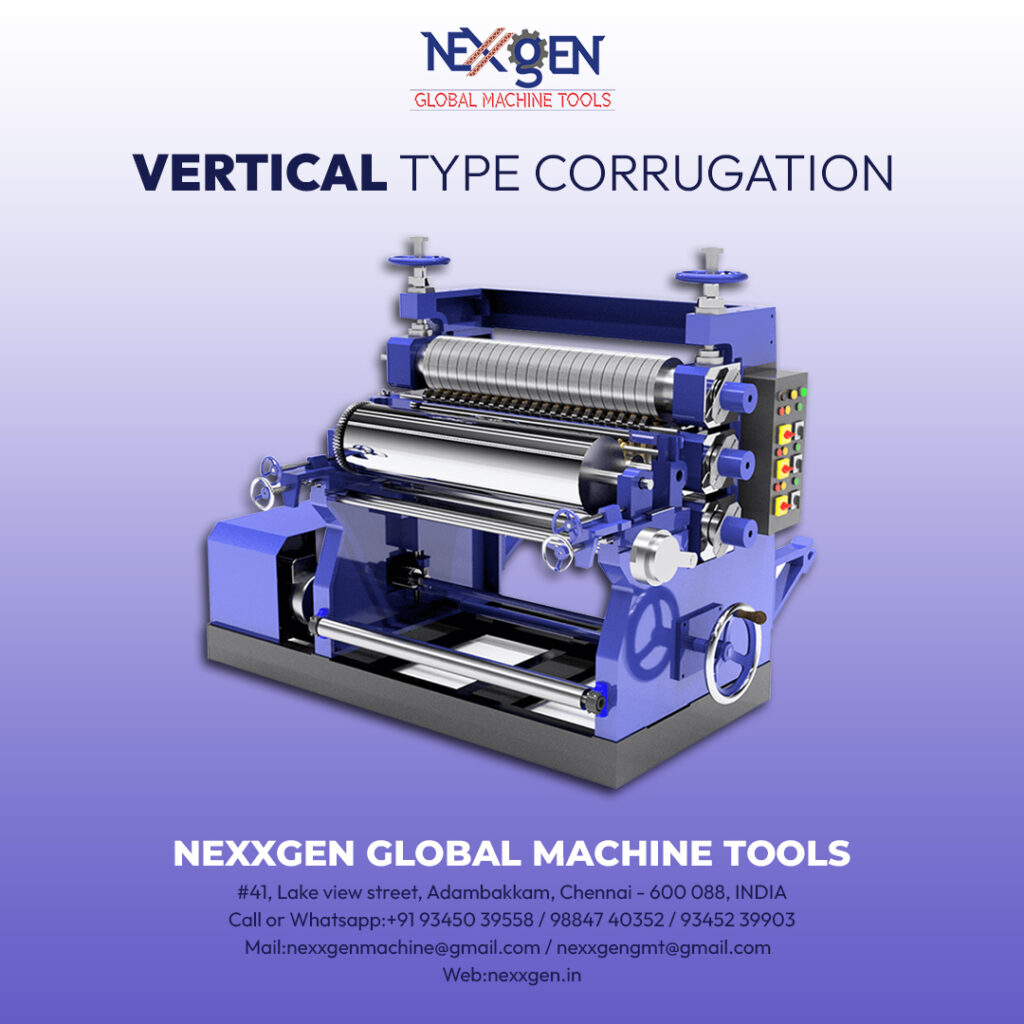

In the context of cardboard or packaging, pre-corrugation steps may include:
- Material Selection: Choosing the appropriate type of paper or board for the corrugated product. This includes selecting the right weight, thickness, and quality.
- Pulping and Papermaking: If starting from raw materials, wood or recycled paper is pulped and then formed into paper sheets.
- Coating and Sizing: Applying coatings to the paper to improve its properties, such as strength, printability, and moisture resistance.
- Drying and Conditioning: Ensuring the paper is properly dried and conditioned to the right moisture content to avoid issues during corrugation.
- Slitting and Cutting: Cutting the paper into the required widths and lengths that will be fed into the corrugating machine.
- Storing and Handling: Properly storing the paper rolls and handling them carefully to prevent damage or contamination before they enter the corrugation process.
What is Post Corrugation?
“Post corrugation” typically refers to the process or stage that follows the corrugation of materials, such as cardboard or metal sheets. Corrugation involves creating a series of parallel ridges and grooves in a material to increase its strength and rigidity.

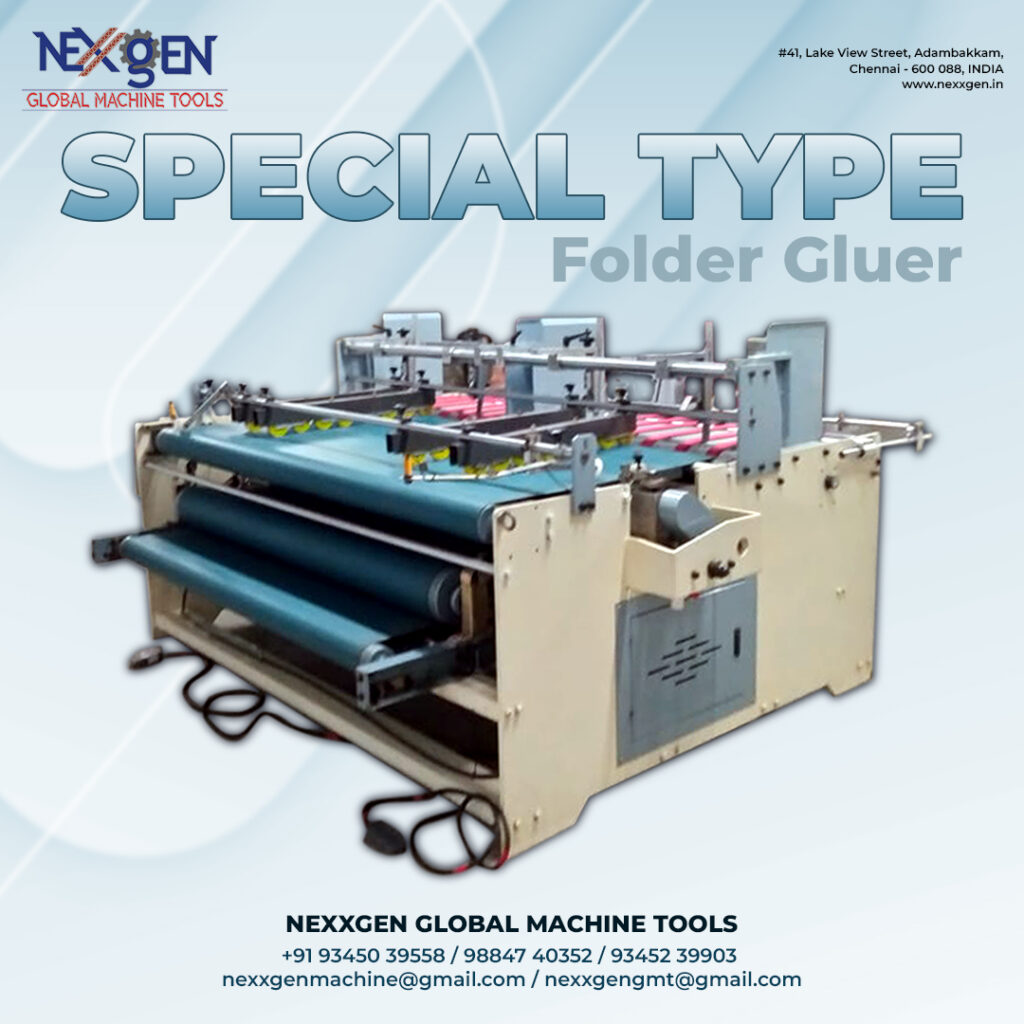
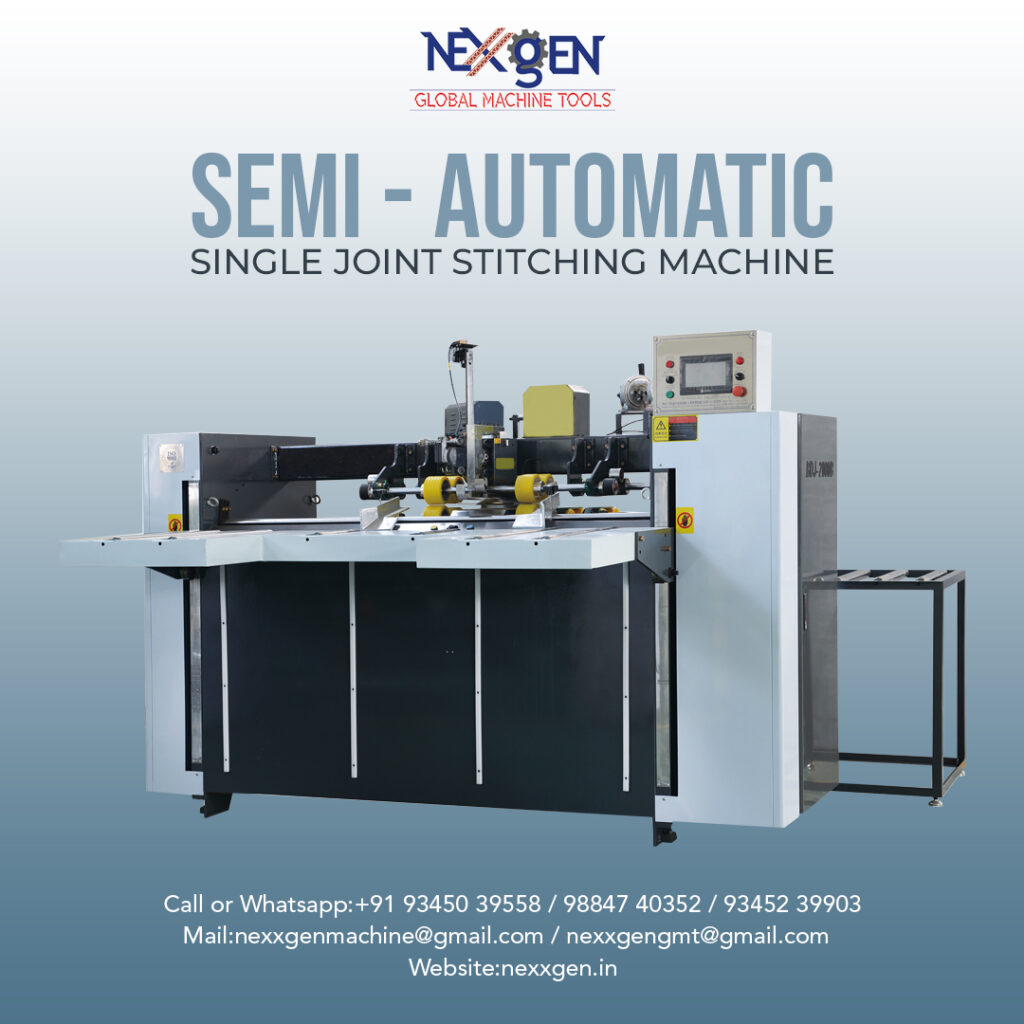
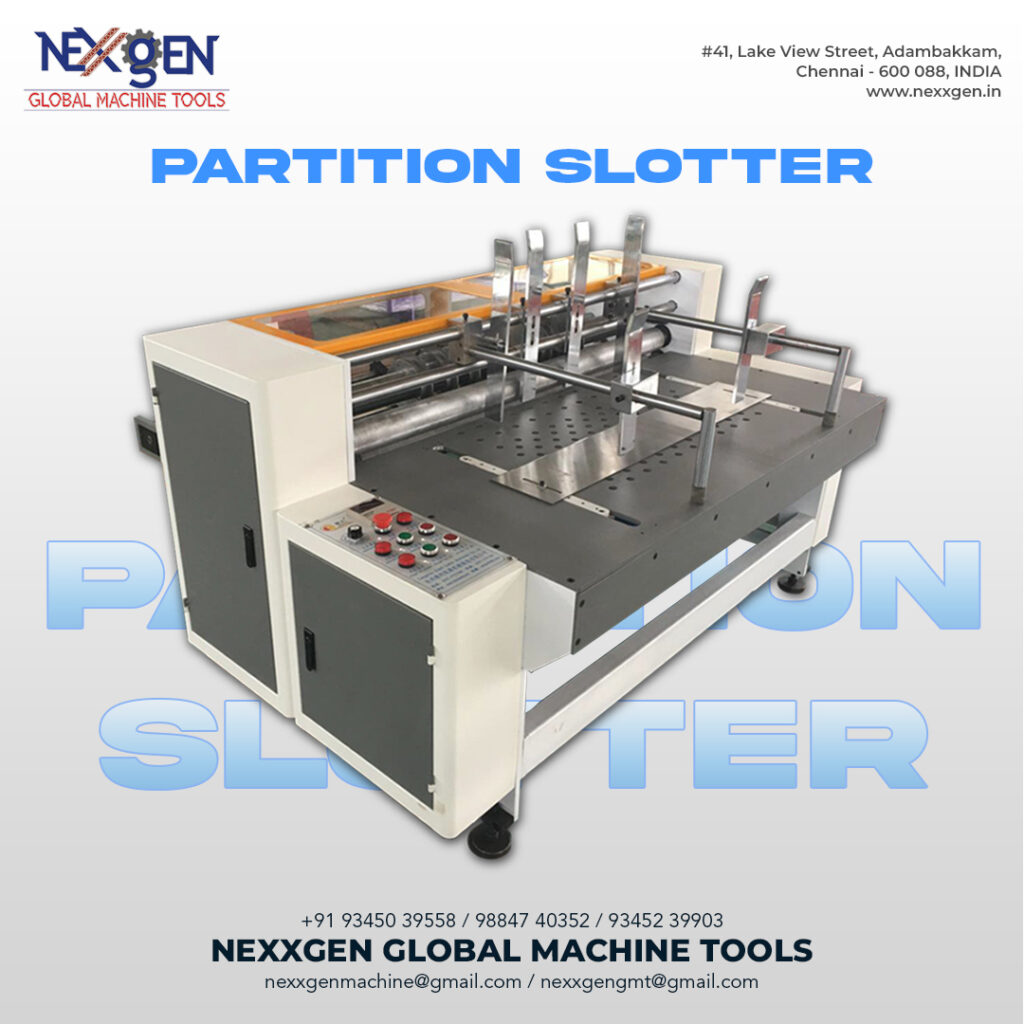
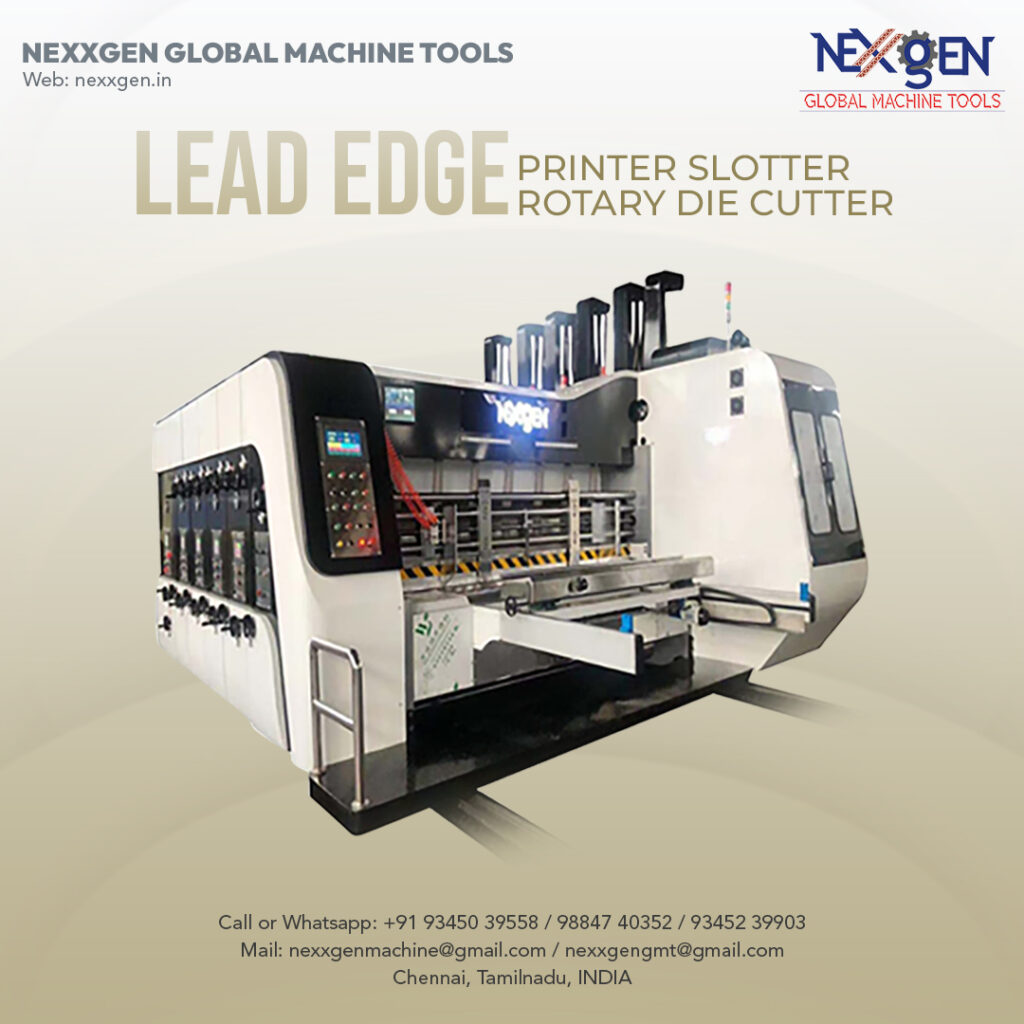
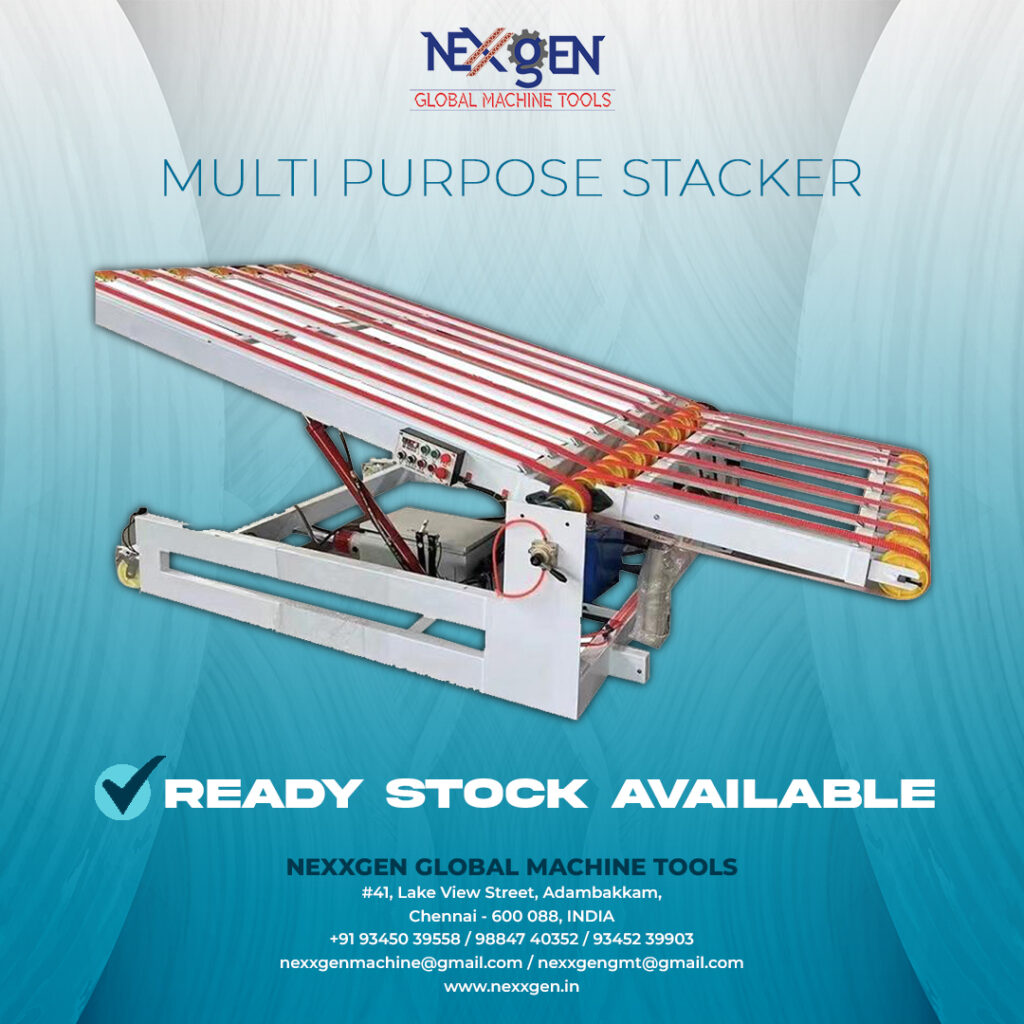
In the context of cardboard or packaging, post corrugation could involve:
- Cutting and Shaping: Cutting the corrugated material into specific shapes and sizes required for the final product.
- Printing: Applying printed designs or information on the corrugated surface.
- Laminating: Adding protective layers or coatings to enhance durability.
- Assembling: Folding and gluing the corrugated material into boxes or other forms.
- Quality Control: Inspecting the finished product for defects or ensuring it meets specifications.
In industrial applications, post corrugation might involve further processing steps like coating, forming, or integrating the corrugated material into larger assemblies.
![]()
